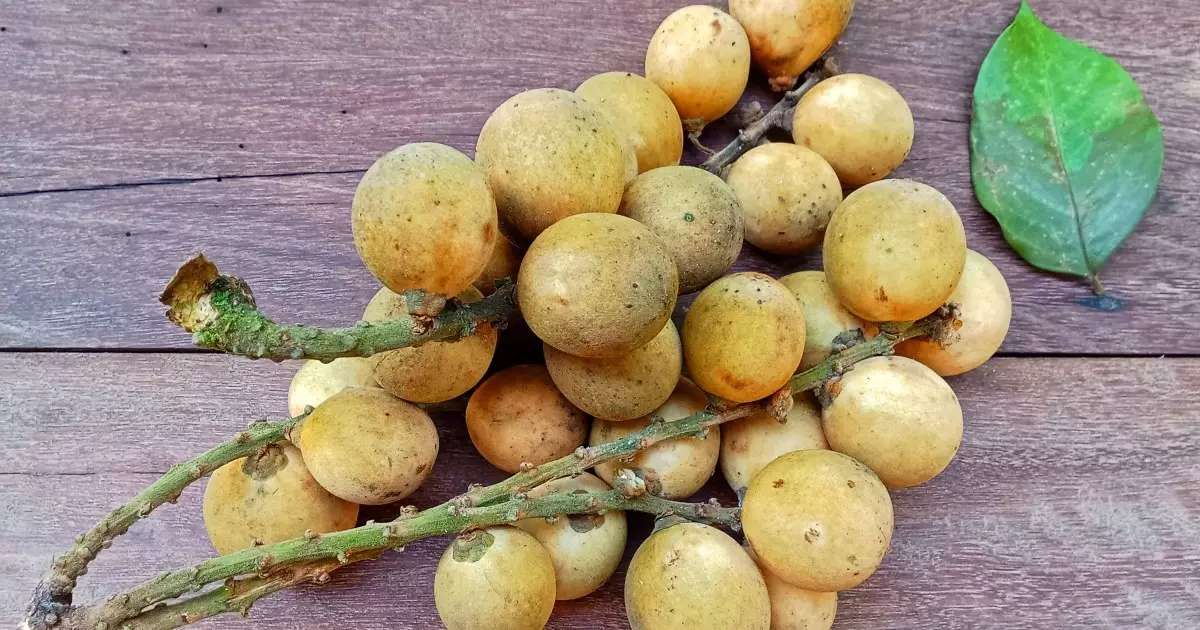Lanzones, also known as langsat or longkangare, are tropical fruits that might catch your attention during a stroll at the local farmer’s market. Boasting a unique sweetness balanced by a faint sour tang, lanzones can pique your curiosity—especially if you wonder whether these intriguing fruits are safe for your canine companion. However, as tempting as it may be to share this exotic treat with your furry friend, the reality is stark and concerning.
Despite their appeal, lanzones come with serious risks that pet owners must consider. In a world overflowing with delicious fruits to offer our dogs, we can never be too cautious in our choices.
The Perilous Seeds: A Hidden Threat
One of the major issues with lanzones is their seeds, which contain toxic compounds that can be detrimental to a dog’s health. The risk of toxicity, primarily from cyanogenic glycosides found within the seeds, categorizes lanzones as a fruit best avoided if you are a dog owner. This risky nature of the seeds is compounded by the difficulty in ensuring their complete removal, as their coloration often closely resembles that of the fruit’s flesh.
Imagine the effort required to dissect a lanzone, ensuring that no seed remains, only to realize that most of the edible fruit has been extracted in the process. It raises the question: Is it worth it? The answer is undoubtedly no! The challenge of preparing this fruit safely simply cannot justify the potential hazards.
Research Gaps: The Call for Caution
It’s important to note that there is scant research specifically addressing the effects of lanzones on canines. A lack of information can sometimes create a false sense of security among pet owners. Although some anecdotal claims suggest that the flesh of the fruit may be safe for dogs, such assertions lack scientific backing. This is a clear example of why we must err on the side of caution—what may seem like a safe snack could be anything but.
Veterinary consultation should always be the first step when considering introducing new foods into your dog’s diet, especially exotic ones. The conversation around the safety of lanzones for dogs remains largely speculative, and until more conclusive studies emerge, dogs should steer clear of this tropical delight.
Look-Alikes and Their Risks
Lanzones are often compared to other fruits that pose safety concerns for dogs, like grapes and cherries. Both possess compounds that can cause harmful reactions in canines, making it critical to approach any fruit that shares similar characteristics with caution. This arbitrary association raises alarm bells about the possible risks involved in offering lanzones to your dog.
Dogs, with their instinctual scent and taste for a variety of foods, can unwittingly expose themselves to hazardous substances lurking in these fruits. Therefore, if you see your dog eyeing a lanzone—or any fruit with a pit—it’s best not to take any chances. The stakes are simply too high.
Signs of Trouble: Recognizing Cyanide Poisoning
Awareness of the symptoms of cyanide poisoning can be the difference between life and death for a beloved pet. Pet owners should watch for significant signs, such as excessive salivation, rapid panting, and even convulsions. Don’t let a lackluster sense of concern prevent a potential act of immediacy! Quick intervention is essential.
Moreover, rashes, whether on the skin or within the mouth, could indicate an allergic reaction that warrants attention. It would be unwise to downplay these symptoms; they signify that your dog needs immediate veterinary care.
Dog-Owner Responsibility: A Call for Vigilance
As responsible dog owners, it’s our duty to safeguard our pets from the risks posed by unfamiliar foods, including lanzones. Rather than experimenting with exotic fruits that could pose dangerous consequences, focus on the vast array of dog-friendly treats that exist. Ensure your canine companion enjoys a safe diet composed of well-researched and verified options.
The allure of exotic fruits like lanzones should not overshadow the welfare of our furry friends. Understanding the potential hazards while making informed decisions is vital to ensuring their health and happiness.

